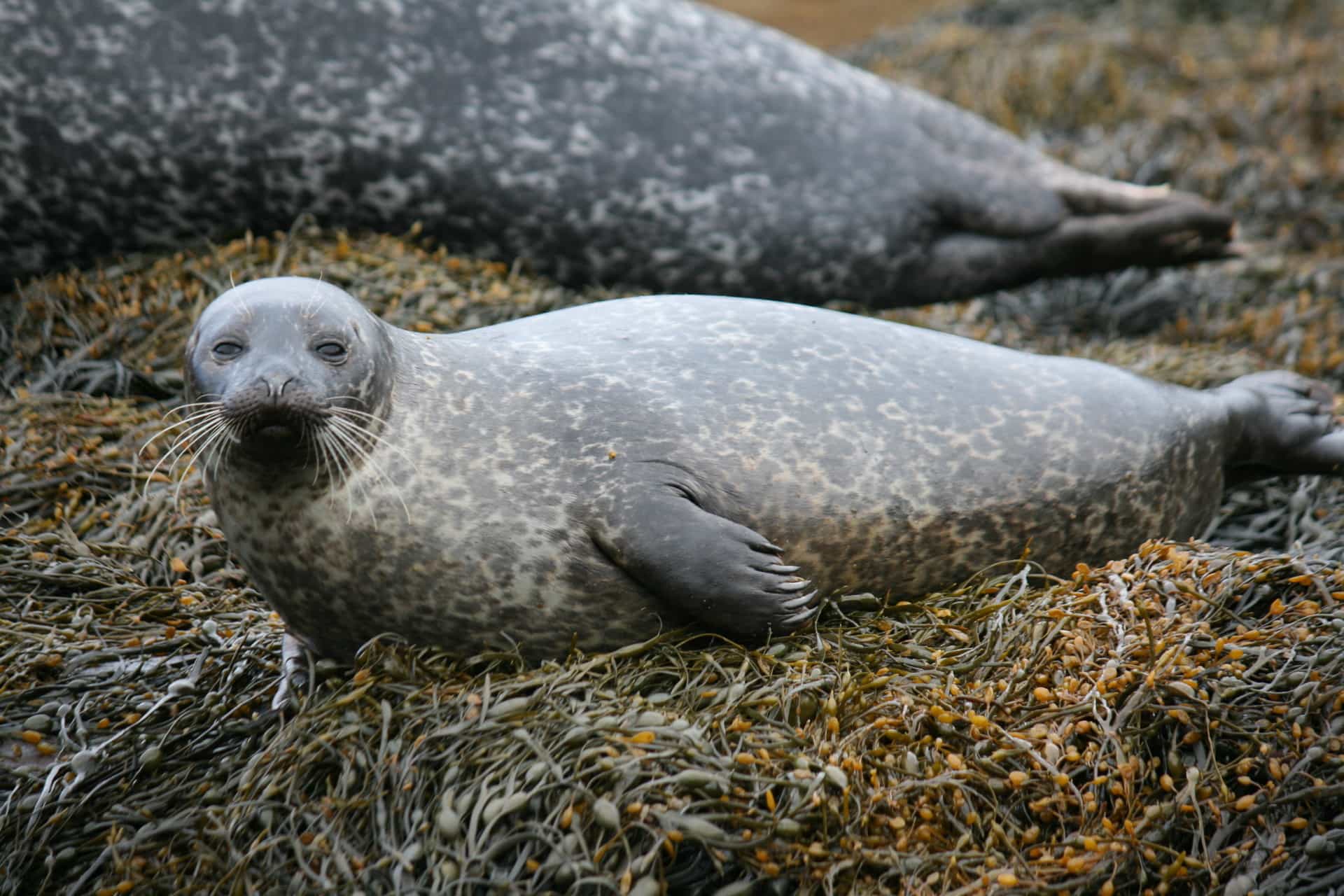Pause carousel
Play carousel

The secret of how seals are able to spend 90 per cent of their lives at sea holding their breath, without starving their brains of oxygen, has been revealed by researchers at Abertay and St Andrews universities.
Using a device similar to a FitBit, the researchers were able, for the first time, to monitor real-time changes in blood volume and blood oxygenation in the brain and the blubber of the seals.
Existing human bio-medical technology, called near-infrared spectroscopy (NIRS), was adapted to measure changes in the seals’ bodies. The non-invasive equipment, developed by Dutch collaborators Artinis Medical Systems, relies on light emitted from LEDs in contact with the skin.
This technology was able to monitor what is known as the “dive response” in seals. This phenomenon, which is also present in human beings, involves a reduction in heart rate and redistribution of blood to the core away from peripheral tissues.
The “dive response” is usually triggered in mammals when they put their faces underwater and hold their breath. It ensures that oxygen is saved for the brain to use when it is impossible to take a breath.
The research, published in PLOS Biology, found this “dive response” in seals can be seen even before they put their faces underwater and begin to hold their breath, indicating an exceptional and unique control over their circulatory system. This evolutionary adaptation allows seals to dive more efficiently and economically.
Dr Kimberley Bennett of the Division of Science at Abertay University - who previously revealed how baby seals are at risk from chemicals in their mothers' milk - said: “We used a medical imaging technique and showed that it works under very tough conditions.
“Using wearable NIRS technology has given us amazing insights into how seals manage oxygen while they are underwater.
“It has made a huge difference to our ability to understand and investigate diving physiology in freely swimming seals.”
Dr Chris McKnight, of the Sea Mammal Research Unit, at the University of St Andrews, said: “Seals spend 90 per cent of their time at sea holding their breath and have to be incredibly efficient at managing oxygen to find and catch prey.
“This ability to hold their breath for such prolonged periods makes seals a unique physiological model to investigate tolerance to low oxygen, and oxygen management in breath-hold diving.
“We found that seals can initiate the dive response without having to dive. This means that by the time they are ready to dive they are already in oxygen conservation mode which helps them save as much oxygen as possible. This discovery provides a new perspective on the capacity to control the body’s fundamental physiological responses.”
For the full study visit https://journals.plos.org/plosbiology/article?id=10.1371/journal.pbio.3000306